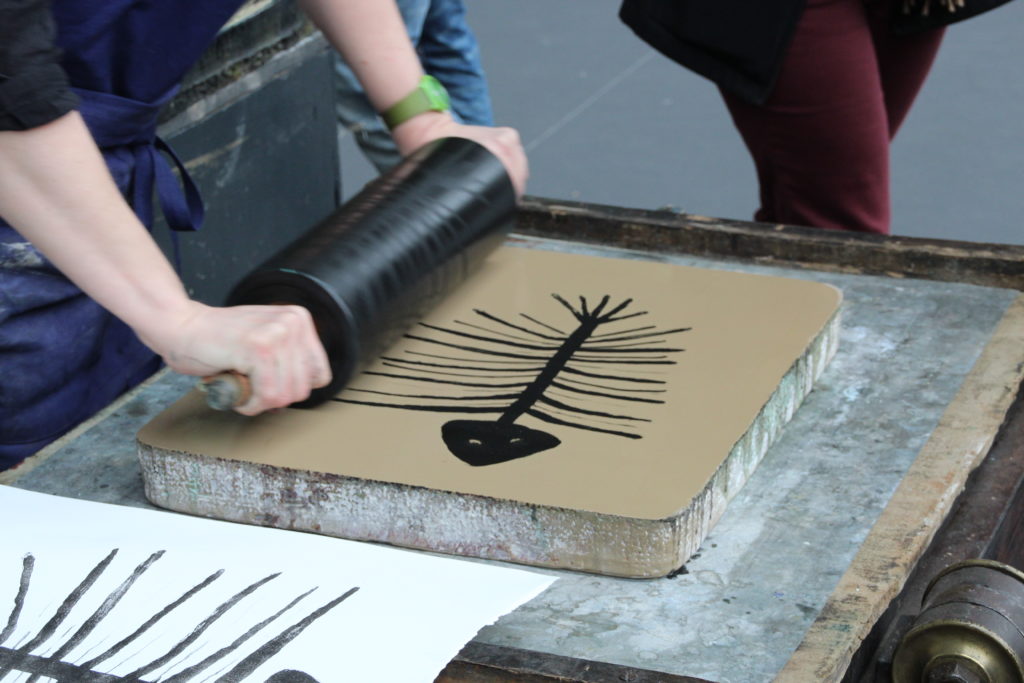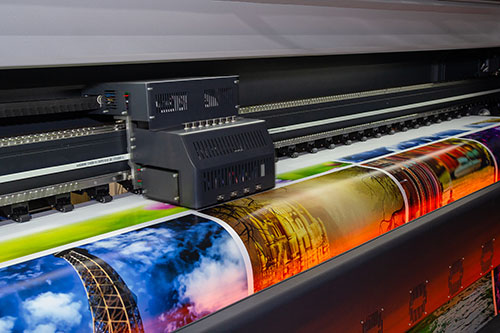Everything You Need to Know About litho printing
Everything You Need to Know About litho printing
Blog Article
A Comprehensive Overview to Comprehending Litho Printing Techniques
The globe of litho printing, a strategy originating from the late 18th century, is a fascinating mix of history, science, advancement and art. This detailed overview will certainly untangle the intricacies of this printing approach, from the make-up of litho inks to the obstacles encountered in modern-day applications. As we venture into the details of lithography, the relevance of automation and sustainability in ensuring its future relevance comes to be increasingly clear. Stick with us as we journey right into the exciting realm of litho printing.
The Historical Development of Litho Printing
The historic trajectory of litho printing, a critical technology in the world of interaction, is a captivating story of human resourcefulness. The procedure progressed with the introduction of the rotary press, which greatly increased productivity. Each phase of litho printing's advancement showcases humanity's relentless search of performance and high quality in aesthetic interaction.
Translating the Science Behind Litho Printing Inks
Moving on in the exploration of litho printing methods, the focus currently moves to the science behind litho printing inks. The make-up of these inks, their drying out procedure, and color mixing techniques create the foundation of this complicated art form. Understanding these elements is vital to understanding the craft and achieving the desired print results.
Make-up of Litho Inks
In lithographic printing, the basic role of litho inks can not be overstated. Pigments, the color-providing components, are carefully ground particles suspended in the automobile, a liquid that carries the pigment onto the printing surface. Each component plays a vital part in the last print's quality, making the precise formula of litho inks a complex scientific research.
Ink Drying Refine
From the make-up of litho inks, attention transforms to the remarkable procedure of ink drying out. Two primary methods are utilized in litho printing: oxidative drying and absorption. Absorption, on the other hand, includes the ink permeating right into the paper fibers, which is a much faster procedure but can lead to less dynamic colors.
Shade Combining Strategies
While the drying out procedure plays a crucial duty in litho printing, the science of shade mixing techniques holds equivalent relevance. This is an intricate procedure that entails the cautious mixing of main colors: cyan, magenta, and yellow, in varying proportions to achieve a large array of tones. The addition of black ink, recognized as 'key', helps in controling the intensity and deepness of the colors. The scientific research behind litho printing inks additionally takes into account the openness of the ink, which impacts just how colors overlay and mix. To attain an effective shade mix, print specialists should likewise understand the intricacies of ink habits, color concept, and the physical residential properties of the substratum on which the ink is used.
The Art and Design Components in Litho Printing
Litho printing breathes life into art and style through its unique elements. The process includes developing a photo on a lithographic limestone plate or steel plate with a smooth surface area. The photo is then published onto a tool, typically paper, by moving the ink from the plate. What collections litho printing apart is its capability to reproduce complex styles with high integrity, making the output virtually similar to the original art work. This is accomplished with using different line techniques such as stippling, cross-hatching, and hatching, which permit a series of tonal effects. Litho printing suits a selection of colors, enabling musicians to create dynamic and lively prints. This mix of precision and convenience makes litho printing a recommended selection for several musicians and developers.
Modern Applications of Litho Printing Strategies
Litho printing techniques have found comprehensive usage in the modern commercial field. Its influence and value continue to grow with the arrival of brand-new advancements and modern technologies in the area. This area will check out these contemporary applications and the transformative duty they play in the printing industry.
Industrial Litho Printing Uses
Litho printing remains a critical component of the industrial field. High-volume printing tasks, such as the production of publications, newspapers, and packaging, count on litho printing for its capability to supply premium image high quality and expense effectiveness. Litho printing over here additionally supplies a wide color range, superior to that of digital printing.
Developments in Litho Printing
Pushing the borders of traditional methods, contemporary improvements have sustained a host of advancements in litho printing. These innovations have not just enhanced the top quality and performance of litho prints yet also broadened its application extent. One famous advancement is electronic litho printing, which combines the virtues of electronic modern technology with litho's top quality result. This hybrid design uses faster arrangement times, minimized waste, and allows on-demand printing. An additional significant improvement is the introduction of ecologically pleasant inks. These inks, made from vegetable or soy-based solutions, have substantially decreased the market's ecological effect. litho printing. Additionally, the advancement of sophisticated plate technology has streamlined the printing procedure, leading to sharper photos and boosted color integrity. These innovations underscore the long-lasting significance of litho printing in the modern world.
Exploring the Refine of Litho Printing: Action by Action

Difficulties and Solutions in Contemporary Litho Printing

In spite of the accuracy and practice that litho printing happily upholds, it is not without its set of contemporary challenges. One of the most common problems consist of the high first setup expense, trouble in printing variable data, and ecological problems as a result of chemical usage. Nonetheless, solutions are emerging as modern technology progresses. Digital litho printing enables cost-effective short runs and easy personalization, addressing the issue of variable information. Environmentally-friendly inks and more secure plate-making processes mitigate ecological problems. Additionally, advancements in automation have reduced labor prices, further democratizing the lithography procedure. Therefore, while there are index obstacles, the litho printing market is proactively adjusting to satisfy them head-on, ensuring its relevance in the future.
Conclusion
In conclusion, litho printing, with its abundant history and clinical ins and outs, holds a significant area in the print sector. The future of litho printing pivots on its ability to adjust to these altering needs, affirming its enduring value in an evolving market.

Report this page